The deep sea, an enigmatic realm shrouded in darkness, harbors some of the most mysterious and fascinating creatures on our planet. These unique organisms have evolved extraordinary adaptations to survive in the extreme conditions of high pressure, frigid temperatures, and complete absence of sunlight. From bioluminescent predators to ancient, ghostly relics, each of these deep-sea inhabitants offers a glimpse into the incredible diversity and resilience of life beneath the waves. Here, we explore 17 of the most mysterious deep-sea creatures, uncovering the secrets of their adaptations and behaviors that make them truly remarkable.
Giant Squid

The giant squid, known scientifically as Architeuthis, is a legendary creature of the deep. With eyes the size of dinner plates, it navigates the pitch-black ocean depths. These elusive beings can grow up to 43 feet in length, making them one of the largest invertebrates on Earth. Rarely seen by humans, their existence was only confirmed through dead specimens washed ashore and recent deep-sea footage. Their tentacles, equipped with sharp suckers, are used to capture prey, showcasing their predatory prowess.
Vampire Squid
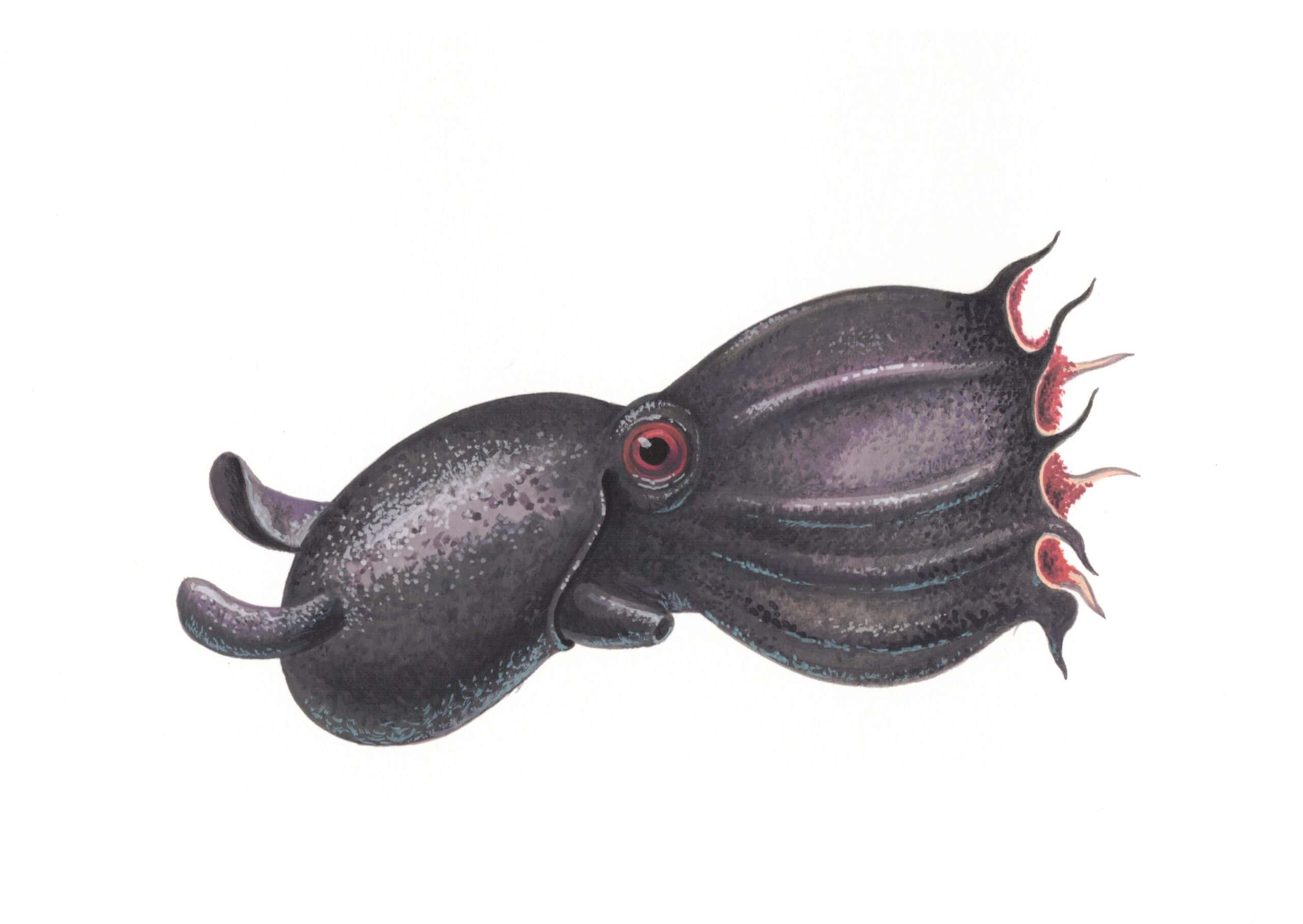
The vampire squid, or Vampyroteuthis infernalis, is an extraordinary cephalopod that inhabits the oxygen-minimum zones of the ocean. Its reddish-brown color and cloak-like webbing give it a vampiric appearance. Despite its name, it is a detritivore, feeding on marine snow rather than blood. The vampire squid can invert its cloak to appear larger and more intimidating to potential predators. This fascinating creature also possesses bioluminescent organs, which it uses for communication and camouflage in the dark depths.
Anglerfish
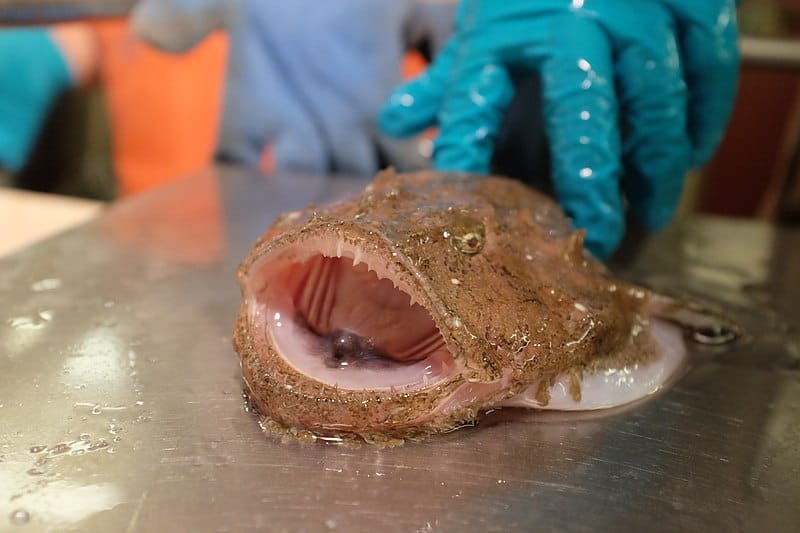
Anglerfish are perhaps the most well-known deep-sea predators, with their grotesque appearance and unique hunting method. Female anglerfish have a bioluminescent lure that dangles from their head, attracting unsuspecting prey. Living at depths where sunlight never penetrates, this lure is essential for survival. Males, on the other hand, are much smaller and latch onto females, fusing their bodies to become parasitic mates. The eerie glow and nightmarish visage of the anglerfish have captivated and terrified ocean enthusiasts alike.
Gulper Eel
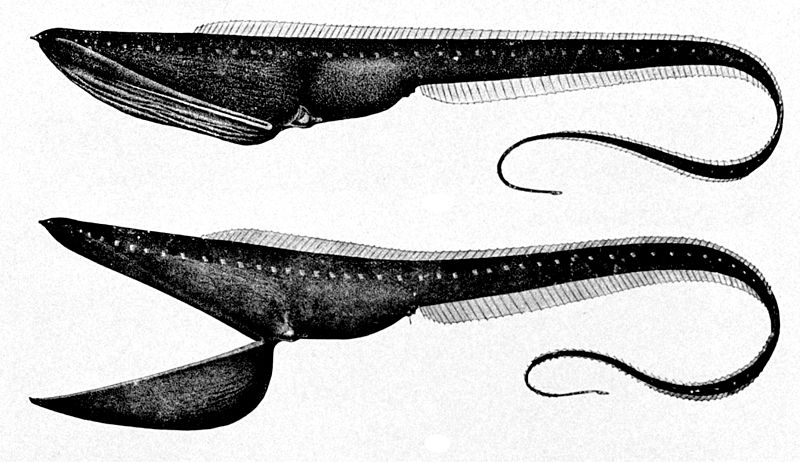
The gulper eel, with its enormous mouth and tiny body, is a bizarre inhabitant of the deep sea. Its mouth can expand to swallow prey much larger than itself, an adaptation crucial for surviving in the nutrient-scarce deep ocean. Unlike most eels, it has a long, whip-like tail tipped with a bioluminescent organ, which it uses to lure prey. This creature can grow up to 6 feet long, though most of this length is its tail. Its ability to gulp large prey in one bite is both fascinating and slightly unsettling.
Goblin Shark
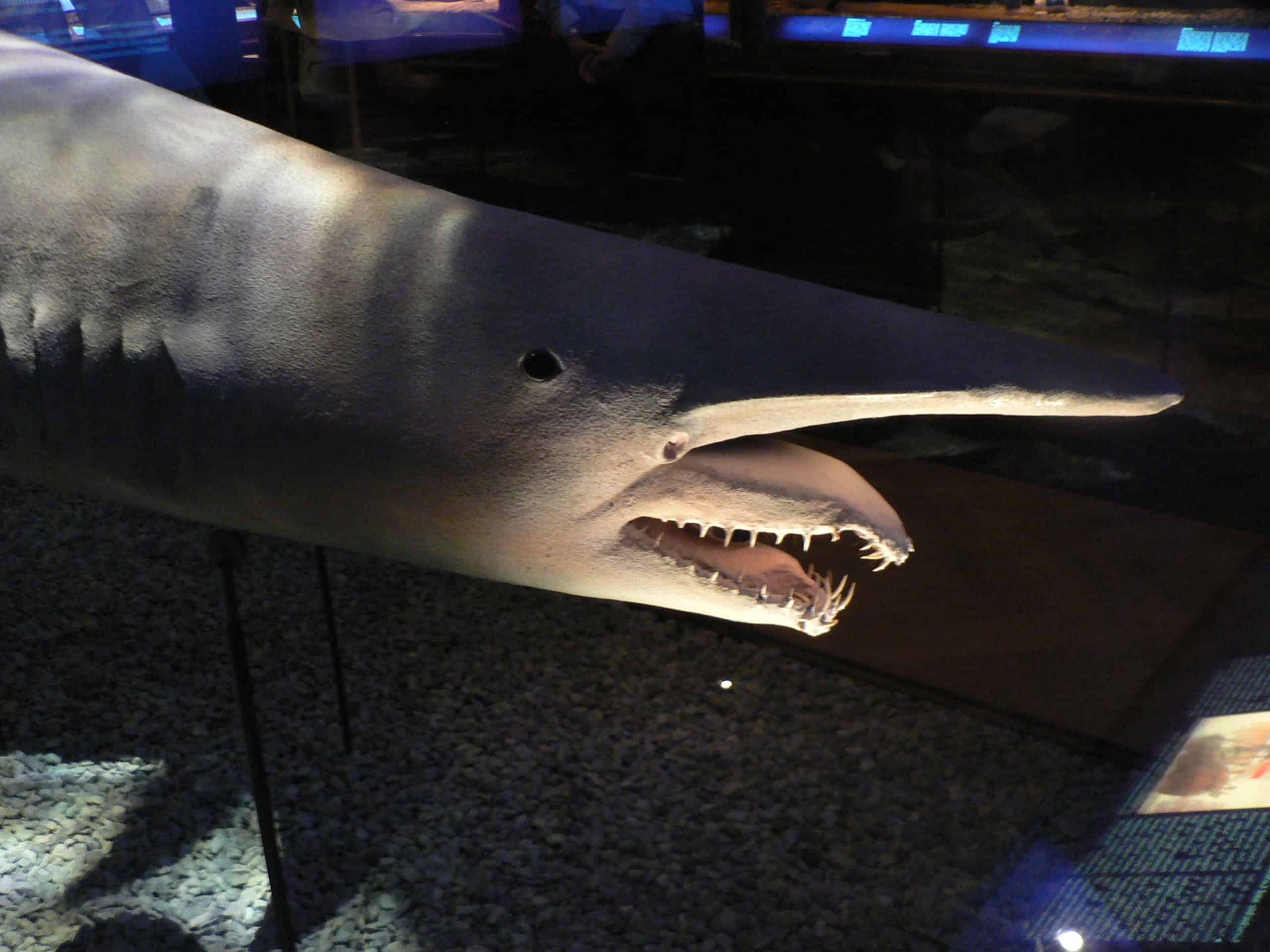
The goblin shark, Mitsukurina owstoni, is a living fossil that inhabits the dark depths of the ocean. Its most striking feature is its protrusible jaws, which can extend rapidly to snatch prey. With a flattened snout and pinkish-gray skin, it presents a ghastly appearance. This rare shark species can grow up to 12 feet in length and is seldom seen by humans. Its slow, sluggish movements are deceptive, hiding its quick-strike hunting capability.
Deep-Sea Dragonfish
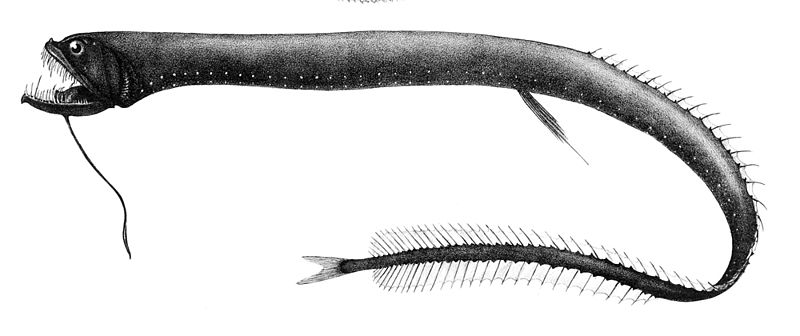
The deep-sea dragonfish, known for its menacing appearance, is an apex predator of the abyss. Its long, slender body is lined with sharp, needle-like teeth, which it uses to ensnare prey. Equipped with bioluminescent photophores along its body, it can produce light to attract victims and communicate with potential mates. Dragonfish can inhabit depths of up to 6,000 feet, where pressure is immense, and light is virtually nonexistent. Their ability to produce red light, invisible to most deep-sea creatures, gives them a significant hunting advantage.
Dumbo Octopus
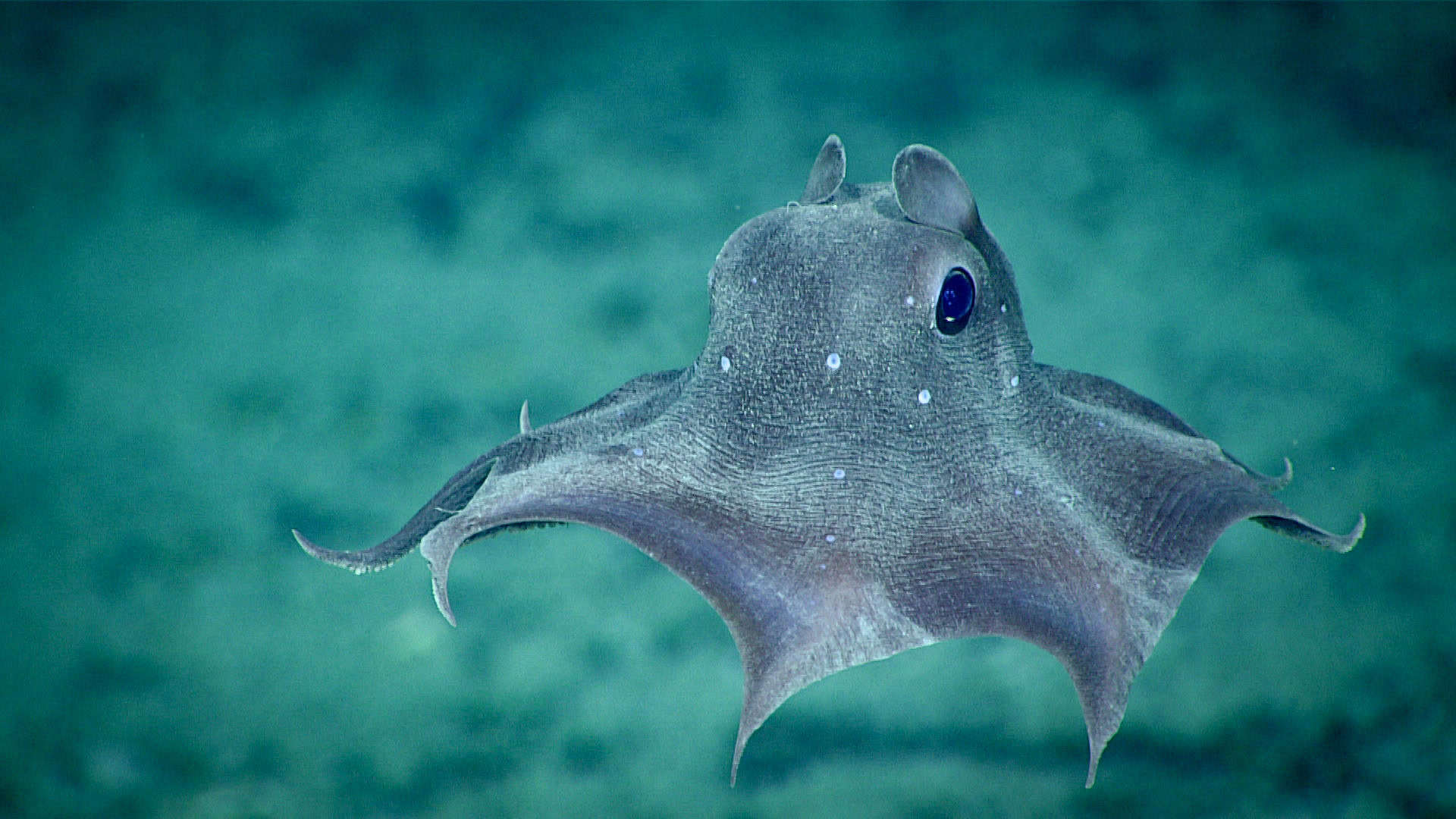
The dumbo octopus, named for its ear-like fins resembling Disney’s Dumbo, is one of the most adorable yet mysterious deep-sea creatures. These small, soft-bodied cephalopods inhabit depths of up to 13,000 feet. Their translucent bodies and gentle movements make them look otherworldly as they hover above the ocean floor. Unlike their more aggressive relatives, dumbo octopuses are relatively harmless and feed on small invertebrates. Their rarity and unique appearance have made them a subject of fascination for marine biologists.
Fangtooth Fish
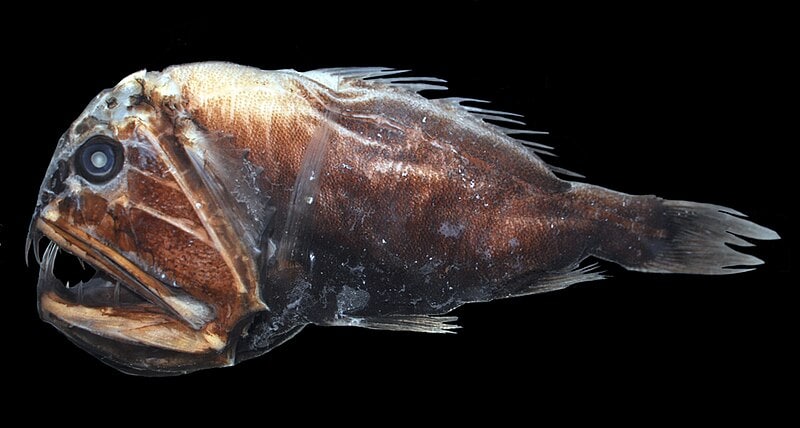
Fangtooth fish are notorious for their disproportionately large teeth, which are among the biggest relative to body size of any fish. Living at depths of up to 16,000 feet, these fearsome predators rely on their heightened sense of smell to locate prey in the darkness. Despite their terrifying appearance, they are relatively small, with the largest species growing to only about six inches long. Their teeth are so long that they have special sockets in their heads to accommodate them when their mouths are closed. This adaptation ensures they can effectively capture and hold onto struggling prey.
Giant Isopod
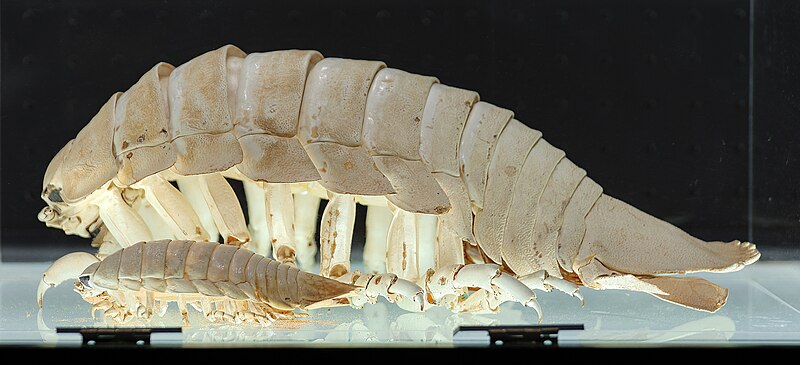
The giant isopod is a crustacean that looks like a creature from a science fiction movie. Resembling an oversized pill bug, it can grow up to 20 inches long and is found in the deep, cold waters of the Atlantic and Pacific Oceans. Giant isopods are scavengers, feeding on dead marine animals that sink to the ocean floor. They are known to survive for long periods without food, an adaptation to the sparse resources of their environment. Their armored, segmented bodies provide protection from predators and rough terrain.
Black Swallower
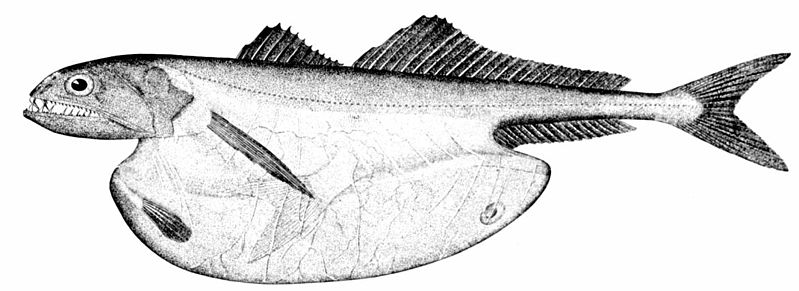
The black swallower is a deep-sea fish known for its ability to consume prey much larger than itself. It accomplishes this feat with an expandable stomach that can stretch to hold a meal up to ten times its own mass. Found at depths of around 2,700 meters, the black swallower is rarely seen by humans. Its dark, elongated body and large mouth give it a menacing appearance. This unusual feeding strategy ensures it can make the most of the scarce food resources in its habitat.
Frilled Shark
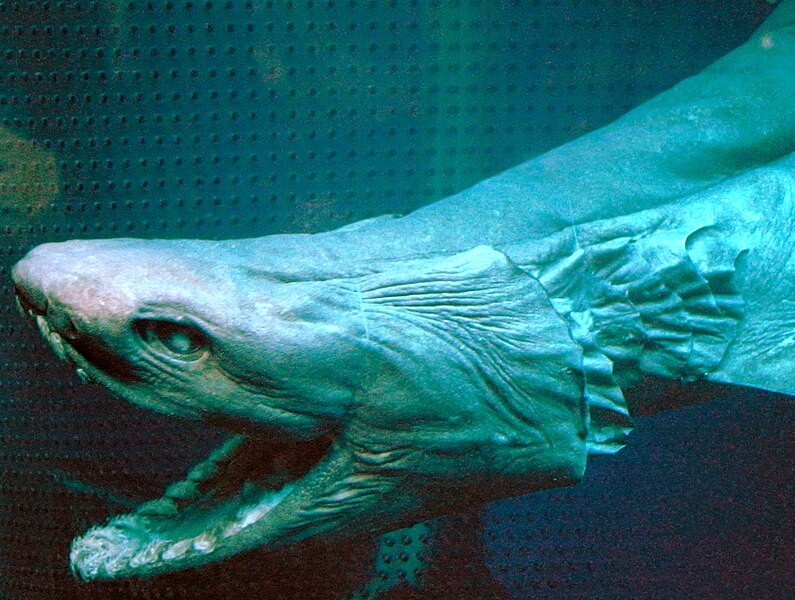
The frilled shark, with its eel-like body and prehistoric features, is a deep-sea relic. It has six pairs of frilled gills that give it a distinct appearance and can grow up to six feet long. Found in the deep waters of the Atlantic and Pacific Oceans, this elusive shark is rarely seen by humans. Its long, flexible jaws are lined with rows of needle-like teeth, allowing it to capture and swallow large prey whole. The frilled shark’s primitive features and deep-sea habitat make it a fascinating subject for marine researchers.
Stargazer Fish
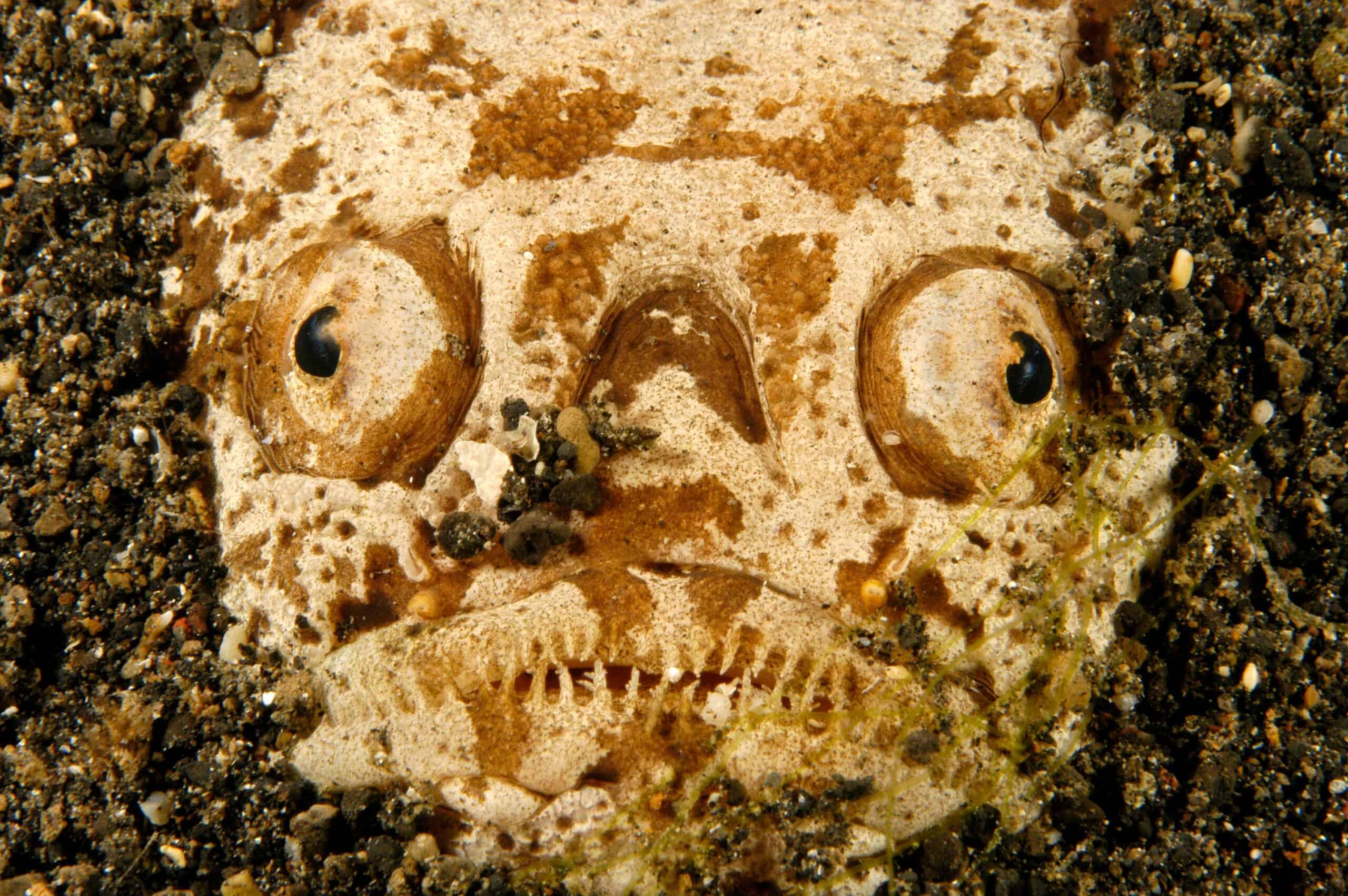
Stargazer fish are named for their upward-facing eyes, positioned on top of their heads, allowing them to ambush prey from below. Found buried in the sandy bottoms of the ocean, these fish possess electrical organs capable of delivering a shock to stun prey or deter predators. Their camouflaged bodies make them nearly invisible as they lie in wait for an unsuspecting meal. Stargazers can grow up to 22 inches long and have a wide, gaping mouth to engulf prey. Their unusual hunting strategy and electrifying defense mechanisms are unique adaptations to the deep-sea environment.
Barreleye Fish
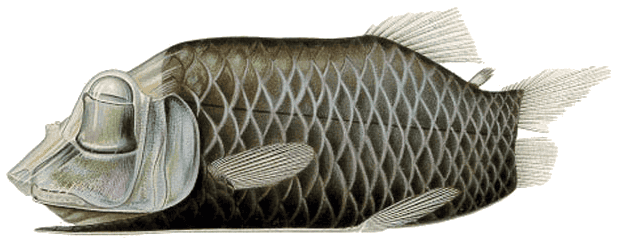
The barreleye fish is distinguished by its transparent, dome-shaped head, which houses its tubular eyes. These eyes can rotate within their sockets, allowing the fish to look upwards through its transparent forehead to spot prey. Barreleye fish inhabit depths of around 2,500 feet and are often found in the Atlantic, Pacific, and Indian Oceans. Their unusual eye structure helps them detect bioluminescent prey in the dark ocean depths. The transparent head and unique vision system make the barreleye fish one of the most enigmatic creatures of the deep sea.
Deep-Sea Hatchetfish
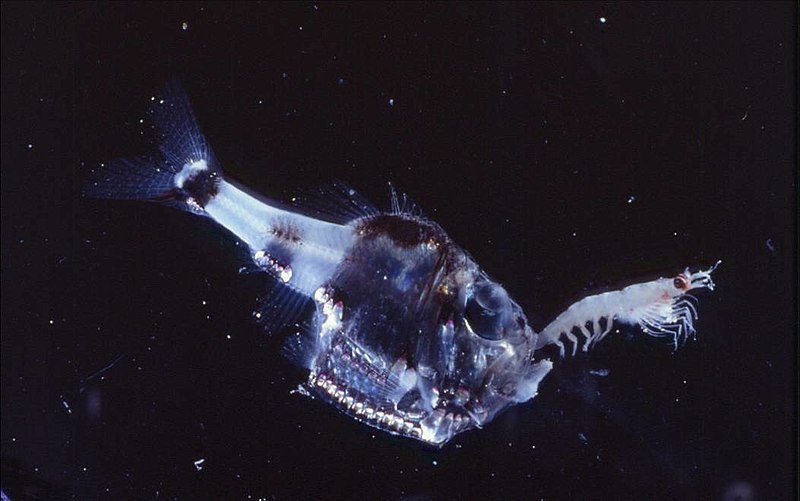
Deep-sea hatchetfish, with their thin, metallic bodies, look as if they have been crafted from steel. These fish inhabit the twilight zone of the ocean, where light is minimal. Their bodies are covered in bioluminescent organs that help them blend in with the faint light filtering from above, a phenomenon known as counter-illumination. Hatchetfish can grow up to six inches long and have large, upward-facing eyes adapted for spotting prey above them. Their unique appearance and light-producing abilities are crucial for survival in the deep-sea environment.
Chimaera
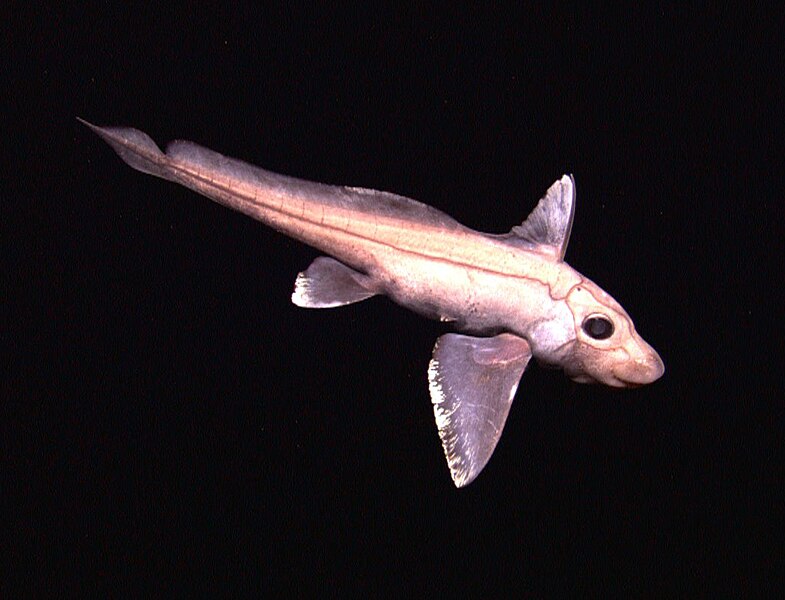
Chimaeras, often referred to as ghost sharks, are cartilaginous fish closely related to sharks and rays. They inhabit the deep waters of the ocean, with some species dwelling at depths of up to 8,500 feet. Chimaeras have smooth, scaleless skin and a whip-like tail, giving them an eerie, ghostly appearance. Their large, green eyes are adapted to the low light conditions of their deep-sea habitat. These elusive creatures have a long evolutionary history, dating back over 400 million years, making them true living fossils.
Deep-Sea Jellyfish
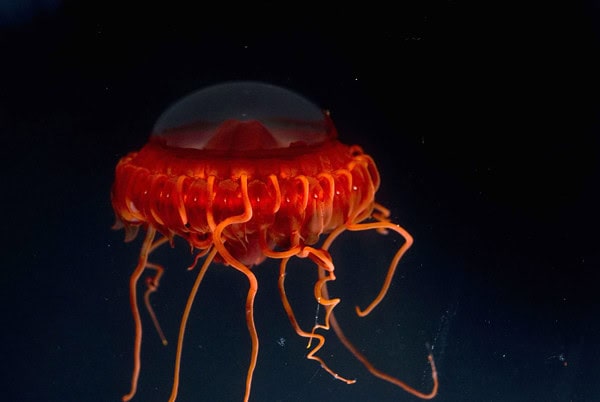
Deep-sea jellyfish are ethereal creatures that drift through the dark ocean depths. Some species are bioluminescent, producing their own light to attract prey or deter predators. These jellyfish can inhabit depths of up to 23,000 feet, where they endure extreme pressure and cold temperatures. Their gelatinous bodies are fragile, yet perfectly adapted to the deep-sea environment. The ghostly glow and graceful movements of deep-sea jellyfish create a mesmerizing spectacle in the otherwise dark abyss.
Yeti Crab
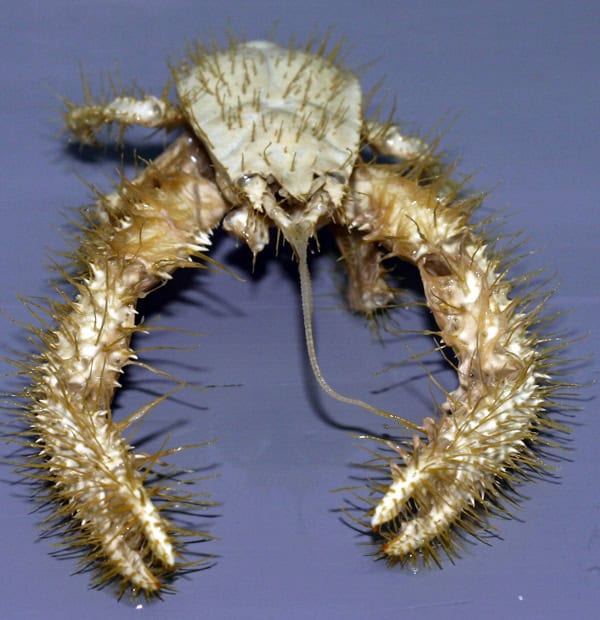
The yeti crab, named for its hairy, white claws, is a relatively recent discovery in the deep-sea ecosystem. Found near hydrothermal vents, these crabs are known to cultivate bacteria on their hairy claws, which they then eat. This symbiotic relationship allows them to thrive in an otherwise harsh environment. Yeti crabs can be found at depths of around 7,200 feet, where temperatures can vary drastically. Their unique appearance and remarkable adaptation to extreme conditions make them a subject of fascination for marine biologists.
This article originally appeared on Rarest.org.
More From Rarest.Org
15 Most Elusive Mammals in Rainforests

Rainforests are home to some of the planet’s most fascinating and elusive mammals. These dense, vibrant ecosystems provide the perfect cover for creatures that prefer to stay hidden. Read more.
7 Most Sought-After British Stamps

Stamp collecting is a beloved hobby that attracts enthusiasts from around the world. A few British stamps have captivated collectors for generations. Read more.
15 Most Unique Freshwater Fish Species
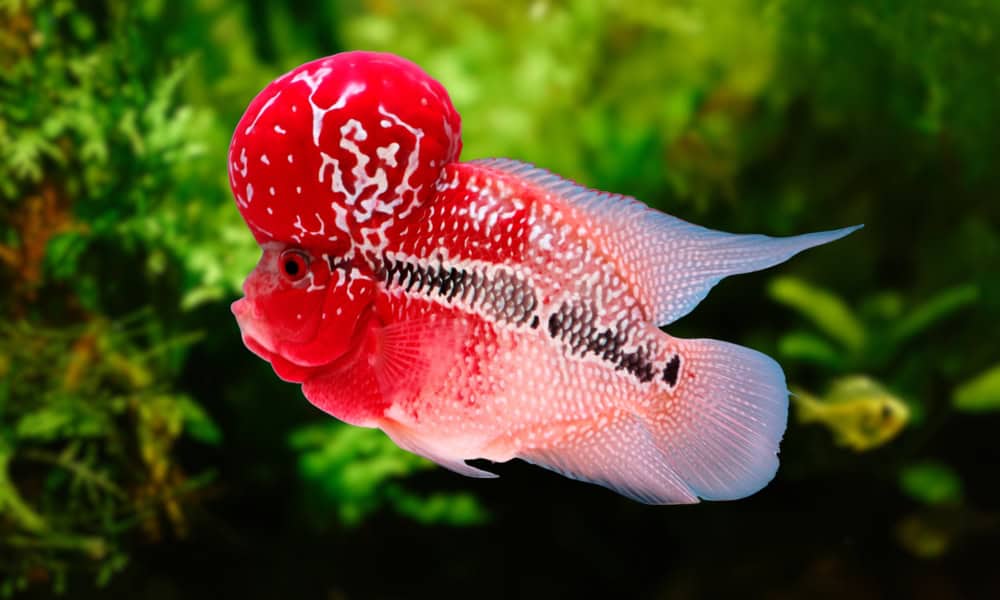
Exploring freshwater habitats reveals an array of unique fish species, each with distinct characteristics and appeal. These fascinating creatures not only captivate aquarium enthusiasts but also highlight the diversity of aquatic life. Read more.
